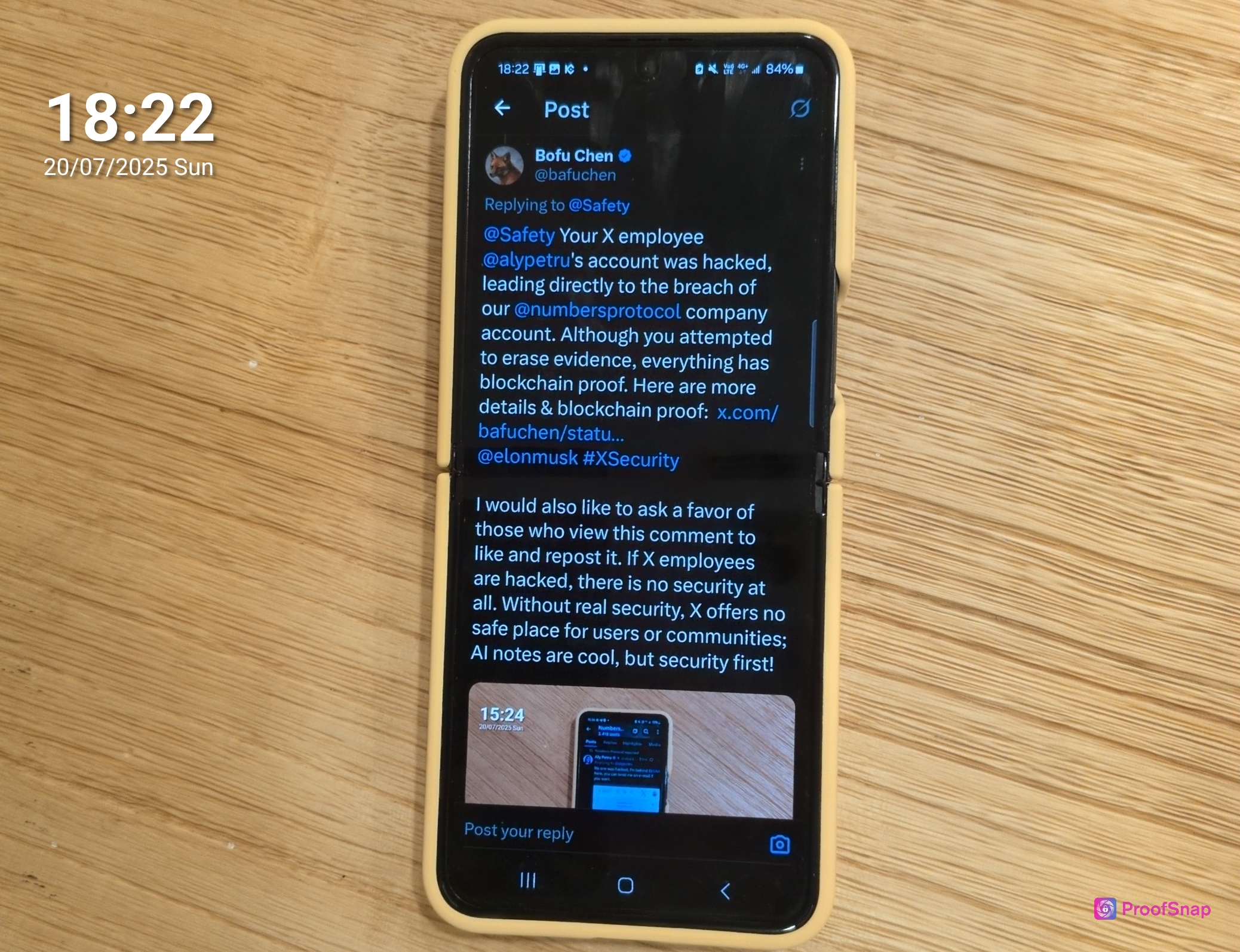Translation: Chineseï½Polishï½Arabicï½Frenchï½Vietnamese
First coined in 2014 by Polkadot founder and Ethereum co-founder Gavin Wood, âWeb3â is a term that represents the next iteration of the World Wide Web, one that incorporates concepts such as decentralization, token-based economics and blockchain technologies. Despite gaining a lot of optimism from cryptocurrency enthusiasts, large companies and VC firms following the 2021 crypto boom, Web3 and its corresponding promises have fallen flat.
Notable commentators such as Jack Dorsey and Elon Musk have stated that Web3 is far from real and serves as just a buzzword or marketing terminology. Not unfounded, the Web3 space has done little to carve out a reputable identity being synonymous with pyramid schemes, scams and rug pulls. Negative attention surrounding the crypto space in the past year (2022) has made Web3 irrelevant, taking a backseat to other disruptive technologies such as Artificial Intelligence (AI).Â
So are commentators right? Is Web3 just a buzzworld or is there a tangible application for the webs next iteration? Let us explore this question in detail.
Web3 Promises
Web3 and the respective technologies it hopes to leverage (decentralized infrastructure, Non-Fungible Tokens, blockchain technology) are relatively young and our understanding of its capabilities is still being explored. Indisputable though is the idea of decentralization and use of blockchain to improve the overall web experience especially in areas of accessibility, privacy and data ownership.
Data and content are a big part of the current iteration of the web (Web2) with social platforms such as Instagram, YouTube and TikTok existing to facilitate digital media sharing and interaction. As a result, much of the data and content in Web2 is centralized, stored on servers that belong to the companies that run these services, often the creators of the social platforms (âBig Techâ). This presents a tricky issues for users as the data and content they post are at the whim of these third party entities. In October of 2021, Facebook and its subsidiaries became globally unavailable for a period of 7 hours in an event known as the 2021 Facebook outage. During that span, users were unable to access their content and any related services that relied on Facebook became unavailable. The disruptive nature of centralization was on display and further highlights the need for decentralization.
We live in a time where digital images, videos and assets are being monetized on social platforms through engagement and advertisements. In 2021, NFTs shook up that space by teaching us that digital media can be monetized by themselves through direct ownership of digital assets. The monetization of the digital assets themselves through NFTs represents a shift in the content creation space. No longer needing to rely on third party platforms and arbitrary metrics such as algorithms and engagement numbers, content creators can monetize the creations themselves and Web3 facilitates these interactions.
Web3 represents a shift towards users taking responsibility for their own data and content. Blockchain technology is well equipped to facilitate these new user interactions, however over focus on the token based economies have cheapened the Web3 vision and compromised its promises.Â
Despite the failures thus far in Web3 development, the potential of Web3 still remains. Numbers Protocol leans on the core tenants of Web3 â decentralization and user owned content to create a user-owned metaverse.
Numbers Protocol Role in a User-Owned Metaverse
Numbers Protocol is a digital media library and indexing system that aims to provide a more transparent outlook on digital media. It starts with Numbers ID (Nid). Every piece of digital media registered with Numbers Protocol is given an unique identifier that can be called upon to access digital media files on decentralized storage as well as digital media information archived on the blockchain.
Powering Numbers Protocol is the Numbers Blockchain. Numbers Blockchain facilitates the core functions of Numbers Protocol mainly the archiving of committed media history of Web3 assets. Numbers Blockchain changes digital assets from untraceable and unverifiable entities into standalone entities capable of âspeakingâ for themselves through accessible and transparent records. Numbers Blockchain achieves this by generating a unique identity of the digital media, which is also known as the content ID in the Filecoin/IPFS ecosystem. Key information such as on-creation metadata (location, timestamp, other data regarding creation circumstances), creator information, asset changelogs and licenses are stored onto the blockchain to assure the integrity of the digital media.
Numbers Protocol and Numbers Blockchain works in tandem to allow users to own and control their assets through decentralized and blockchain backed digital assets. To illustrate this idea more lets take a look at how user data is stored with Numbers Protocol and how it reflects user ownership.
â
Restoring User Data in Numbers Protocol
When an account is deleted in Numbers Protocol, the information is recoverable due to on-chain records associated with the users original wallet address. This is not the case with web2 services because the information was stored locally on their servers. If the data was removed than it no longer exists.
Numbers Protocol's architecture is two fold. We have on-chain records which contain all information related to registered digital assets such as integrity records (asset history) as well as nft records (value exchange records). All on-chain records are indexed with user wallet addresses and remain there indefinitely as a feature of the blockchain. The second layer is off-chain database which is used for fast access. This is necessary because the reality is, at present, the retrieval of on-chain data at the source can slow and may require an off-chain database to improve user experiences in ecosystem applications such as Capture App.
All data and content registered in the Numbers ecosystem will remain with the user as long as they have access and control of their wallet. This demonstration represents how Numbers Protocol does things in a truely Web3 manner and showcases users control their data, content and content records independent of services and the protocol itself.
Web3 & Numbers Protocol Moving Forward
Since its inception, the web has undergone multiple changes and evolutions all aimed at improving the experience and mending the cracks of the previous iteration. Over the past few years Web2 has begun to show cracks as centralization has revealed flaws in the current system. Despite the Web3 shift towards user ownership being a welcomed one, bad players in the space have dampened momentum.Â
As firm believers in the Web3 vision, Numbers Protocol hopes to change the narrative around Web3 by actively learning and pursuing its core values in the hopes of providing a user-owneed metaverse. If you are interested in what we do and commentary pieces like this one consider following our media channels. We love to hear from you!



